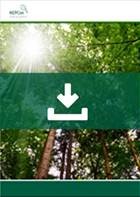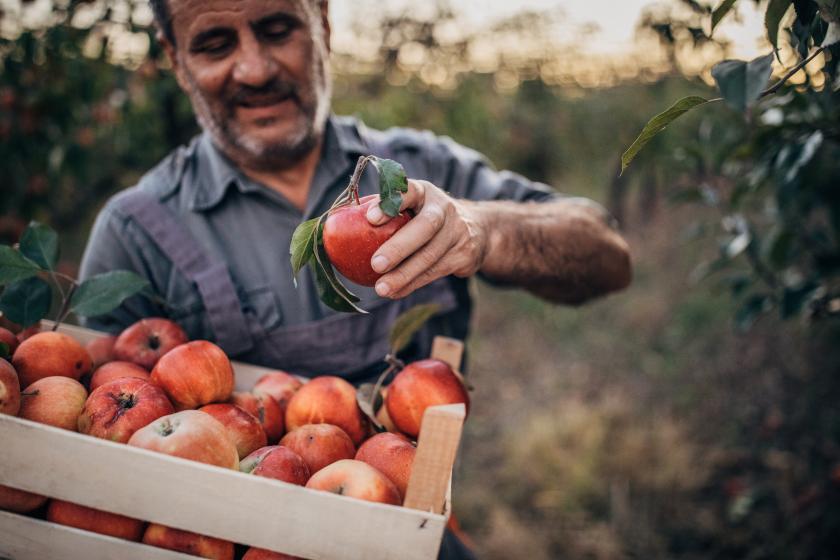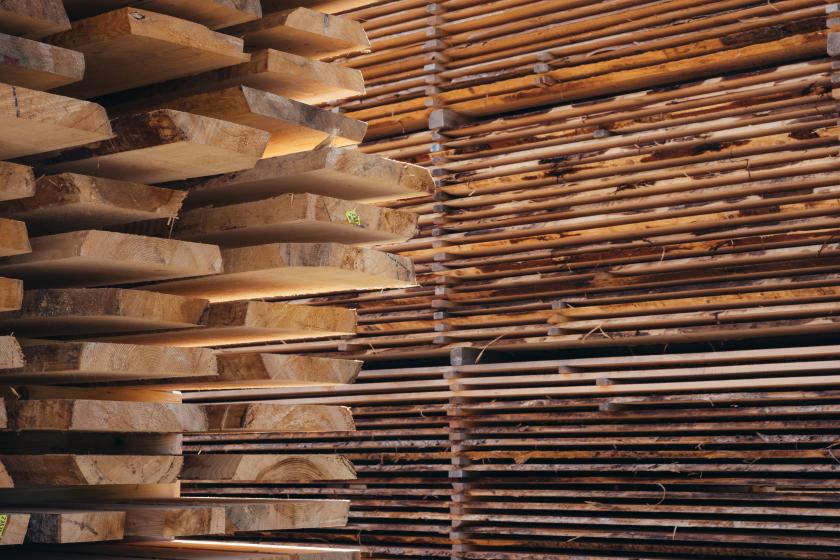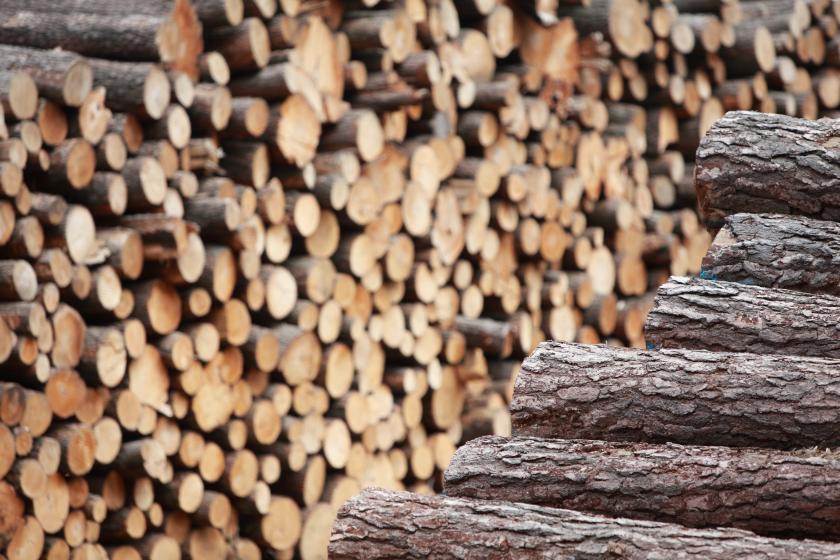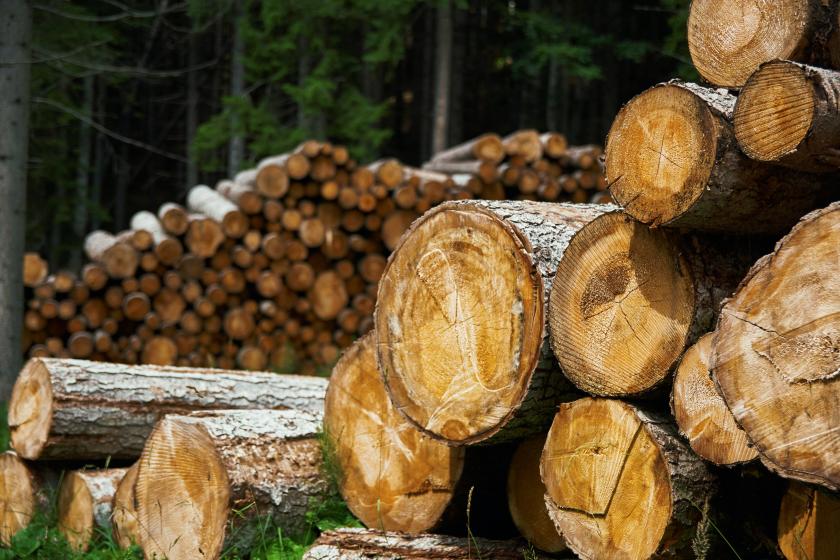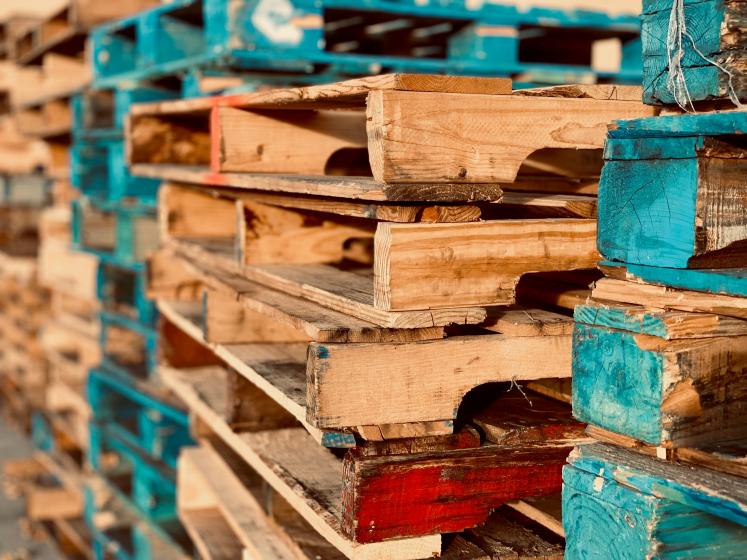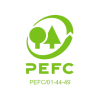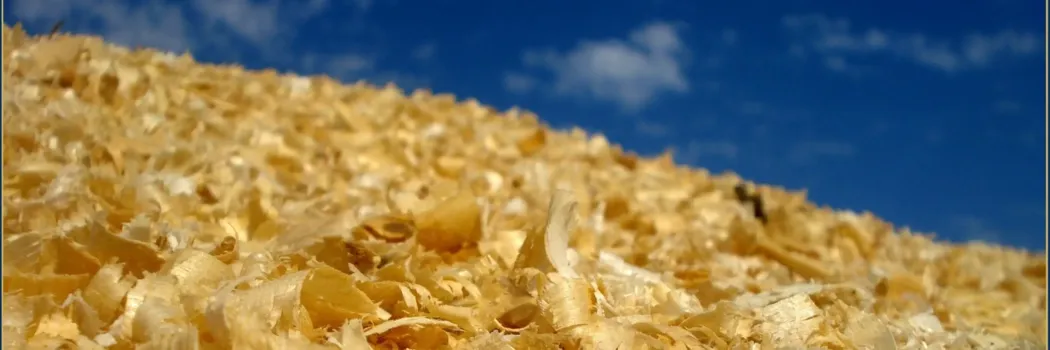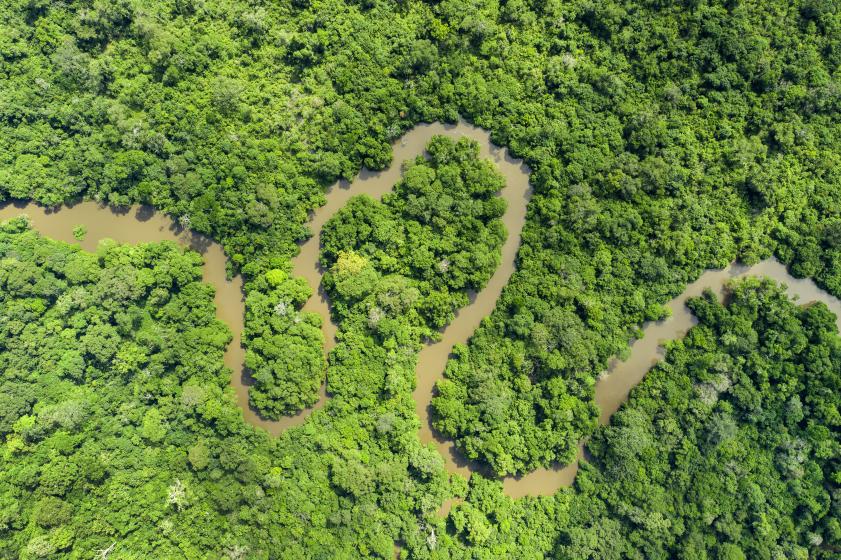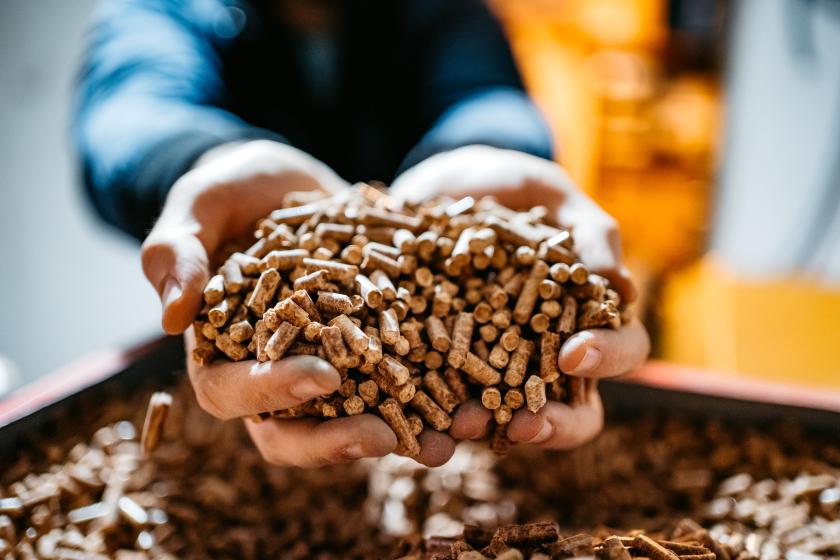What is SBP?
The Sustainable Biomass Program (SBP) is a multistakeholder initiative engaging industry and civil society. This unique certification system is tailored for woody biomass in large-scale energy production. Initiated by seven major European energy producers, SBP provides assurance for responsible woody biomass sourcing with established climate credentials.
SBP is dedicated to fostering a sustainable solid biomass supply chain that contributes to a low-carbon economy. This mission is accomplished through the SBP certification system.
>> Learn more at the SBP website
>> Download our info sheet
SBP Certification
SBP certification demonstrates your commitment to sourcing and delivering legal and responsible woody biomass. This certification applies to organisations that produce, trade or use woody biomass for energy production.
The SBP system has recently updated its standards to Version 2.0. The transition period will be valid until 9 November 2025, although until then both versions of the standards are valid.
Forest operations do not need SBP certification. However, SBP-certified buyers of woody feedstock are obliged to take additional steps to ensure that the material is SBP-certified.

Five benefits of choosing SBP certification
Enhanced market access. SBP-certified material is in demand among major EU bioenergy producers and serves as evidence of sustainable sourcing, often influencing subsidies received by these producers.
Credible branding. SBP certification enables you to make strong and verifiable claims backed by third-party verification.
RED II compliance. As an EU RED II recognised scheme, SBP certification can be used by operators to demonstrate compliance with the regulation.
Enhanced quality and management systems. Many certified companies find that the certification process itself brings unexpected benefits, including cost savings.
- Monitor and report energy data. SBP guides you through the collection and reporting of energy data from biomass production and transport, based on commonly agreed requirements accepted in most sourcing countries.
How is the certification process?
Kick off your certification process and receive a service quote by completing our service request form or contacting us directly. We will provide clarifications to help you determine the scope of certification that best suits your needs and company setup. The process typically includes the following steps:
Step 1: Certification scope
We will help you define your business scope. Upon accepting our offer, a Preferred by Nature contact will be assigned to your organisation, providing essential information to begin.Step 2: Certification preparation
Biomass producers implementing SBP SD V2.0 can use an SBP-recognised certification scheme as FSC or PEFC as evidence to prove processing residues can be classified as SBP-compliant biomass and also as evidence primary feedstock is classified as SBP-controlled biomass.For primary feedstock, to classify the feedstock as SBP compliant, biomass producers shall implement Supply Base Evaluation (SBE) and Risk Management for specific risk. In cases where feedstock is received with a SBP-Benchmarked certification scheme for primary feedstock as PEFC or FSC, the Risk Management approach can be implemented according to the benchmark.
Stakeholder engagement is necessary for biomass producers implementing SBE. The organisation shall allow stakeholders at least one month to provide feedback before the SBE is finalised.
Step 3: On-site evaluation
When you are prepared, we will perform an on-site assessment, reviewing documents, conducting field observations, and interviewing staff and stakeholders to assess SBP compliance.Step 4: Draft report
We will prepare a report reviewed by a senior Preferred by Nature expert and share it for your comments before finalisation. For SBE, an external reviewer will also be engaged in this phase.Step 5: Certification
Upon achieving a positive outcome, your SBP certificate is issued, granting access to SBP trademarks and claims. A public summary of the report is published on the SBP website. The certificate is valid for five years with annual audits. Renewal requires re-assessment.
Complaints and resolutions
If a complaint is raised about our certification services or one of our clients, we handle this in accordance with our Dispute Resolution Policy. We may call on our Impartiality Committee if Preferred by Nature’s impartiality is under question.
Certificate scope
Your certificate's scope and recommended service level depend on your supply chain role and, for biomass producers, the material's certification status. We can assist in choosing suitable SBP services. Here's an overview of options for your business.
SBP Pre-Assessment
Traders & energy producers: Often not needed due to fewer SBP obligations.
- Biomass producers: Recommended due to extensive SBP requirements. We review your system, identify gaps and aid compliance before the main evaluation.
SBP Assessment
Traders: Establish SBP-compliant Chain of Custody, collect energy data (SBP Standard 4, 5)
Energy producers: Set up SBP Chain of Custody if applicable, conduct energy balance (SBP Standard 4, 6)
- Biomass producers: Establish SBP Chain of Custody, collect energy data, manage sites, prepare Supply Base Report, handle comments, potentially conduct Supply Base Evaluation (SBP Standards 2, 4, 5, 1)
Supply Base Evaluations
Biomass producers may need Supply Base Evaluations (SBEs) based on their material sources. SBEs minimise non-compliance risk with SBP Sustainable Feedstock Standard for uninspected material. Producers can either perform SBEs in-house, which demands specific expertise, or engage experts to conduct them.
Materials requiring SBE
Materials exempt from SBE include those with specific claims, allowing SBP claims after certification. For materials lacking these claims, an SBE is required.
What does an SBE include?
Risk Assessment (Desk-based): Start with a desk-based risk assessment for each SBP Standard 1 indicator. Conduct a stakeholder engagement. Indicators must be rated 'low risk,' 'specified risk,' Note: In some countries, use national SBP-endorsed assessments if available.
- Mitigating Risk: To source material from a forest, mitigate specified risks found in steps 1 and 2 with targeted measures. Exclude sourcing areas if you can't address all specified risks.
Standards overview
Below is a list of key standards applying to SBP-certified companies.
Applicable to all SBP certificate holders
SBP Standard 4: Chain of Custody - Controls the flow of certified material throughout the supply chain and sets out chain of custody requirements and trademark requirements.
SBP Standard 5: Collection and Communication of Data and Instruction Document 5E - Describes the data you need to collect and present.
- Instruction Document REDII - Bridging Requirements for Meeting REDII described bridging requirements between the current SBP normative framework and recast Renewable Energy Directive 2018/2001 (RED II)
Applicable to biomass producers only
SBP Standard 1: Feedstock Compliance Standard - Sets out criteria that must be evaluated during Supply Base Evaluations (SBE). SBEs must be conducted for any feedstock lacking an approved system claim.
- SBP Standard 2: Feedstock Verification - Describes the methodology and quality criteria for conducting SBEs, which involve risk assessment and potentially supplier verification and risk mitigation.
Applicable to energy producers only
- SBP Standard 6: Energy and Carbon Balance Calculation - Describes the methodology for conducting energy balance and carbon calculations.
Additional resources
Additionally, SBP has published instruction documents outlining requirements and options for data collection accompanying SBP-certified biomass in the supply chain.
Document 5E: Addresses various topics, including data collection and communication, energy and GHG data, and static biomass profiling data.
Instruction Document 1A: For biomass producers sourcing feedstock from trees outside forests.
Instruction Document 2D: Specifies the requirements for the evaluation and certification of Group Schemes for the purpose of demonstrating compliance with the Netherlands SDE+ requirements for biomass categories 1 and 2.
Instruction Document 2E: Specifies the requirements for the evaluation, using a Risk Based Approach (RBA), of the sustainability requirements of controlled biomass categories 1 and 2 as defined by the Netherlands SDE+ requirements.
- Instruction Document 6D: Methodology for the Calculation and Certification of GHG Emissions Savings for REDII
You can access and download these standards from the SBP website.
Info sheet

Sustainable Biomass Program Info Sheet
Learn the options, conditions and benefits applying to our SBP certification services.
Learn the options, conditions and benefits applying to our SBP certification services.

SBP RED III Implementation outline
This document outlines all you need to know about the SBP EU RED Bridging Document (RED III) implementation, including implementation deadlines, the differences between Level A an...
This document outlines all you need to know about the SBP EU RED Bridging Document (RED III) implementation, including implementation deadlines, the differences between Level A an...
Guideline
Get in contact with us
Our experts are ready to support you on your sustainability journey.
